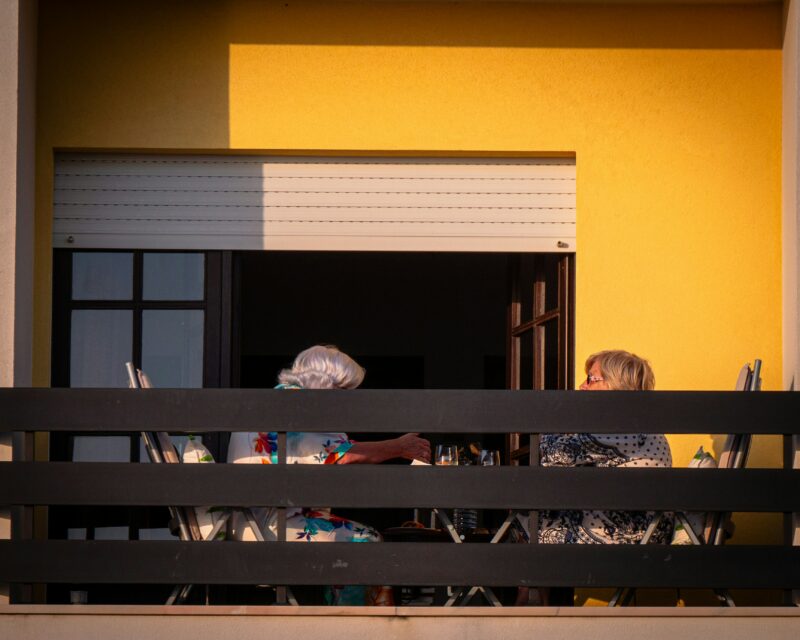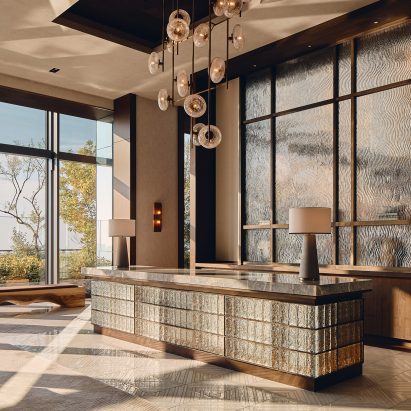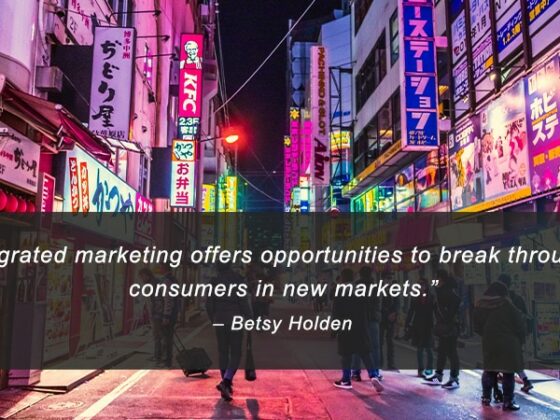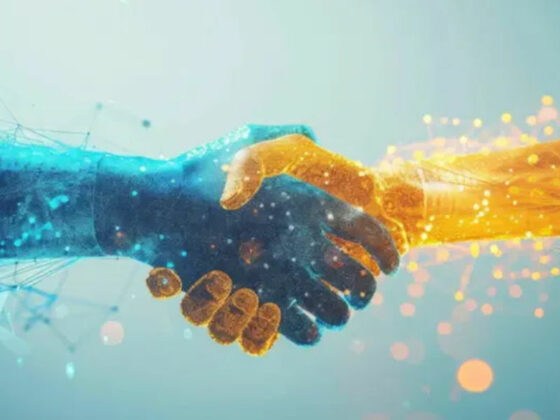In the early 2000s, the book Hotel Management and Operations defined housekeeping as one of the most important, most labor-intensive, and largest cost centers in the hotel, and also one of the least understood or respected departments.
Today, much has changed. Housekeeping has earned the recognition it deserves as the department that can make or break guest satisfaction. After all, the room remains the core of any hotel. A study by Cornell University analyzing 95,000 online reviews found that what matters most to guests is “consistently excellent service supporting a comfortable, well-appointed room.”
The foundations of good hotel housekeeping are still the same: precise organization to clean rooms in the right priority and clear communication between the housekeeping department, front desk, and maintenance staff.
However, over the past few years, running an efficient housekeeping operation has become more challenging, requiring a more strategic approach.
2024 housekeeping challenges
Here are just a few of the challenges hotel management teams must contend with today as part of their housekeeping operations.
1. Labor shortages
A 2023 survey by the American Hotel and Lodging Association (AHLA) revealed that 72% of hotels are unable to fill open positions. For almost half of these hotels, housekeeping is the top hiring priority.
2. Inflation
Hotels are facing increased costs for energy and supplies while rising wages have driven up labor expenses.
3. Higher baseline standards
Since the pandemic, hotel guests have come to expect more in terms of room cleanliness, staff responsiveness, and early check-ins.
If you are a housekeeping or floor manager, your daily tasks likely involve maintaining higher cleaning standards with fewer staff, while quickly onboarding new hires and making housekeepers’ job more efficient and less demanding to improve retention and reduce costs.
Modern housekeeping software offers a powerful solution.
In this article we’ll deep dive into how housekeeping technology can help you solve old and new challenges and complete the transformation of your department from one of the “largest cost centers” into a key driver of guest satisfaction.
What is hotel housekeeping technology?
Housekeeping technology is software, tools, and apps designed to enhance the efficiency and effectiveness of housekeeping departments. These technologies help teams manage tasks, report issues, schedule room assignments, and communicate across departments to streamline housekeeping operations.
Modern housekeeping technology includes two crucial elements that transform operations.
1. Mobile accessibility
Housekeeping apps that are connected to the cloud and work on tablets and smartphones. This gives housekeeping staff members instant access to all the information they need (room assignments, tasks, checklist, last-minute updates, etc.) directly on their devices, with no need for printouts, walkie-talkies, or constant trips to the housekeeping office.
2. PMS integration
Housekeeping tools that are built into or connected to the hotel’s PMS (property management system) via application programming interfaces (APIs). This two-way free flow of data provides the housekeeping team with real-time information on room occupancy, check-in and check-out times, and the front desk staff with updates on the cleaning status of each room.
How technology empowers housekeeping teams
With these core features and more, housekeeping systems offer a range of features that empower teams and deliver significant benefits, including increased efficiency, lower costs, and consistently high standards.
Increased efficiency
Housekeeping technology enables teams to increase efficiency by optimizing scheduling and enhancing communication between housekeepers and front desk staff.
Workflow creation
A typical day for a housekeeping team begins with a list of task assignments, including which hotel rooms to clean in what order. Thanks to the PMS integration, you can access an overview of room occupancy, cleaning status, and the estimated time of arrival of the next guests.
Rooms can be categorized by floor and wing, helping housekeepers quickly identify priority areas, cutting down time spent searching for rooms, or cross-checking multiple lists. Based on this information, you can then easily create the cleaning schedule for the day, monitor outstanding tasks, and send shift details directly to each housekeeper’s device.
Real-time updates
Throughout the shift, housekeepers mark rooms as completed. Once turnover rooms have been inspected and are ready for guests, their status is updated in the PMS.
However, unexpected changes can occur: for example, a room left vacant after a late check-out may need to be prioritized, a guest requests an early check-in or a housekeeper may become unwell mid-shift, so room assignments need to be redistributed. All these adjustments can be made remotely in real-time, with housekeepers receiving instant notifications via the mobile app.
Not only does this enhance communication internally, but it makes it possible to facilitate flexible check-ins for guests. Once a housekeeper has marked a room as complete, the front desk can send a message to the guest letting them know their room is ready. This is one of the simplest ways for hotels to elevate the guest experience.
Internal messaging
A Universal Newsreel from 1958 describes a groundbreaking innovation introduced by a hotel in Vienna: portable walkie-talkies that allow hotel staff to communicate and guests to receive calls anywhere in the building.
While walkie-talkies are no longer distributed to guests, their crackling noise can still be heard through the corridors of many hotels. Despite being considered an efficient communication tool by some, walkie-talkies are outdated compared to modern alternatives.
The messaging system of modern housekeeping software allows housekeepers to communicate with other departments, report issues (such as a broken shower or hairdryer), and document them with pictures. These messages are then routed to the maintenance department, and the repair status is tracked within the same app. Similarly, if a guest needs an extra towel, they can text the front desk, which will then alert housekeepers.
Staff can also leave notes for one another to review (like cleaning preferences or VIP guest status), so both housekeeping and front desk teams can be aligned and go above and beyond to deliver personalized guest experiences.
Lower costs
Hotel management is always looking for ways to lower costs while maintaining guest and employee satisfaction. Housekeeping technology can do just that.
Opt-in housekeeping
In the hospitality industry, rooms are typically cleaned daily by default. It’s up to guests to inform the hotel if they don’t want the room to be serviced.
However, an increasing number of properties have reversed this model: housekeeping service is not provided unless guests request it.
Opt-in housekeeping helps reduce workload during staffing shortages and lowers costs associated with labor and cleaning products. Hotel guests appreciate it because it gives them control over the level of service they want to receive.
The key challenge with this model is that it’s an on-demand bespoke service that requires the housekeeping team to be fast and responsive. Modern housekeeping technology is what actually makes its efficient application possible.
Inventory tracking
RFID (Radio-Frequency Identification) is a decades-old technology that consists of a tag that can be attached to objects (or people) and a scanner that sends out radio waves. When the tag is close to the scanner, it responds by sending back data about the object it’s attached to. In hotels, RFID tags are commonly used in electronic keys, but thanks to housekeeping cloud apps, their application is expanding to inventory management.
By tagging towels, linens, and other textiles with an RFID label and placing various check-in scanners throughout the hotel, it’s possible to know in real-time how many towels or sheets are in the laundry, in storage, or in use in each room. This makes inventory management easier for housekeepers and helps deter theft.
Consistently high standards
Establishing processes and procedures to maintain consistently high standards is a sure way for hotels to deliver five-star experiences.
Digital SOPs and checklists
The Cornell University study mentioned earlier highlights that properties with the most consistent service also tend to have the highest ratings. Guests value consistently good service over a mix of excellent and poor guest experiences. In hotel housekeeping, achieving consistency is possible using standard operating procedures (SOPs) and checklists.
SOPs define the general rules for various housekeeping operations. A typical SOP manual for housekeeping will include instructions on cleaning guest rooms or handling biohazards, as well as policies regarding shift scheduling, disinfection, or wearing protective gear.
Housekeeping checklists go into the finer details of how to perform a certain task with step-by-step instructions. A housekeeping team, for example, will have different checklists for occupied rooms and turnover rooms. SOPs and checklists also serve as useful training tools to get new hires up to speed faster.
For SOPs and checklists to be effective, however, they have to be followed by housekeepers and regularly updated. With modern housekeeping software, compliance is easier to achieve: you can create a central repository for SOPs and checklists, update them as needed, and make them accessible to housekeepers at all times during shifts, eliminating the need for printouts
Multi-property functionality
Maintaining consistent standards across your portfolio is crucial to the guest experience. Housekeeping software with multi-property functionality ensures that management can maintain SOPs and checklists and easily compare performance across properties so that no matter which location a guest stays at, they can expect the same level of service.
In addition, teams can establish different user roles and permissions within the system. This allows specific users, like owners or managers, visibility into operations and performance across all locations, aiding in better planning and decision-making.
Reporting & analytics
Data collected by housekeeping software can be analyzed and turned into reports that measure staff performance, document issues identified during inspections, or keep track of lost and found objects. These reports will help you optimize resource allocation, shift schedules, and measure productivity.
Some common housekeeping reports include:
- Average room cleaning time
- Room attendant productivity
- Average request completion time
- Room attendant cleaning performance rating
- Room status report
- Task report
7 leading housekeeping systems
We’ve included seven of the leading housekeeping systems out there to help you streamline operations and deliver exceptional guest experiences.
1. Breezeway
Breezeway helps properties manage cleaning, guest arrivals, maintenance, inspections, and more all-in-one dashboards to increase operational efficiency.
2. CleanMeNext
CleanMeNext communicates real-time information to staff and management on room occupancy, cleanliness, maintenance issues, and guest requests.
3. Flexkeeping
Flexkeeping is a hotel operations platform designed to help hoteliers automate and collaborate across housekeeping, maintenance, and operations teams.
4. HelloShift
HelloShift enables hotel teams to work together across shifts and departments with up-to-date visibility into room status via the Housekeeper mobile app.
5. HKeeper
HKeeper automates task assignments and personnel management to accelerate workflows, save time, and increase revenue.
6. RoomChecking
RoomChecking provides a seamless platform to manage housekeeping, maintenance, and front office operations in real time.
7. Sweeply
Sweeply simplifies housekeeping and task management for hospitality. It delivers more effective operations by giving real-time housekeeping and dynamic task management.
Discover Cloudbeds’ housekeeping partners.
Trends in housekeeping technology
Housekeeping software has become an accessible and necessary technology in hotels’ operations. But that’s not all the innovation that technology has to offer.
If we peek into the near future, there are other emerging technologies that may transform housekeeping further:
Cleaning robots for vacuuming and dry mopping of carpets and hard floors. These robotic vacuum cleaners are supported by 3D cameras and automatically recognize floor types and set the appropriate cleaning mode.
Smart sensors can measure various elements in the environment, such as smoke and vapour, carbon monoxide, chemicals, or humidity, and trigger a reaction when the level exceeds a certain threshold.
VR training. Virtual reality is finding a place in hospitality training, creating realistic scenarios to help newly hired housekeepers learn SOPs, how to go through checklists, or how to interact with guests.
Advanced cleaning technologies. The stronger sanitizing protocols that emerged during Covid led to the use of UV-C light (one of the three types of ultraviolet light, with strong antibacterial and antivirus properties) and electrostatic sprayers, which apply a positive electrical charge to sanitizers, making sure they cover hard-to-reach areas.
Prioritizing technology adoption
Housekeeping will always play a vital role in hotels. As the industry evolves and innovates, housekeeping managers must prioritize technology adoption as a way to reduce costs, improve retention, and increase housekeeping efficiency.
See how Cloudbeds can help you improve operations.







